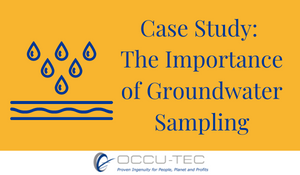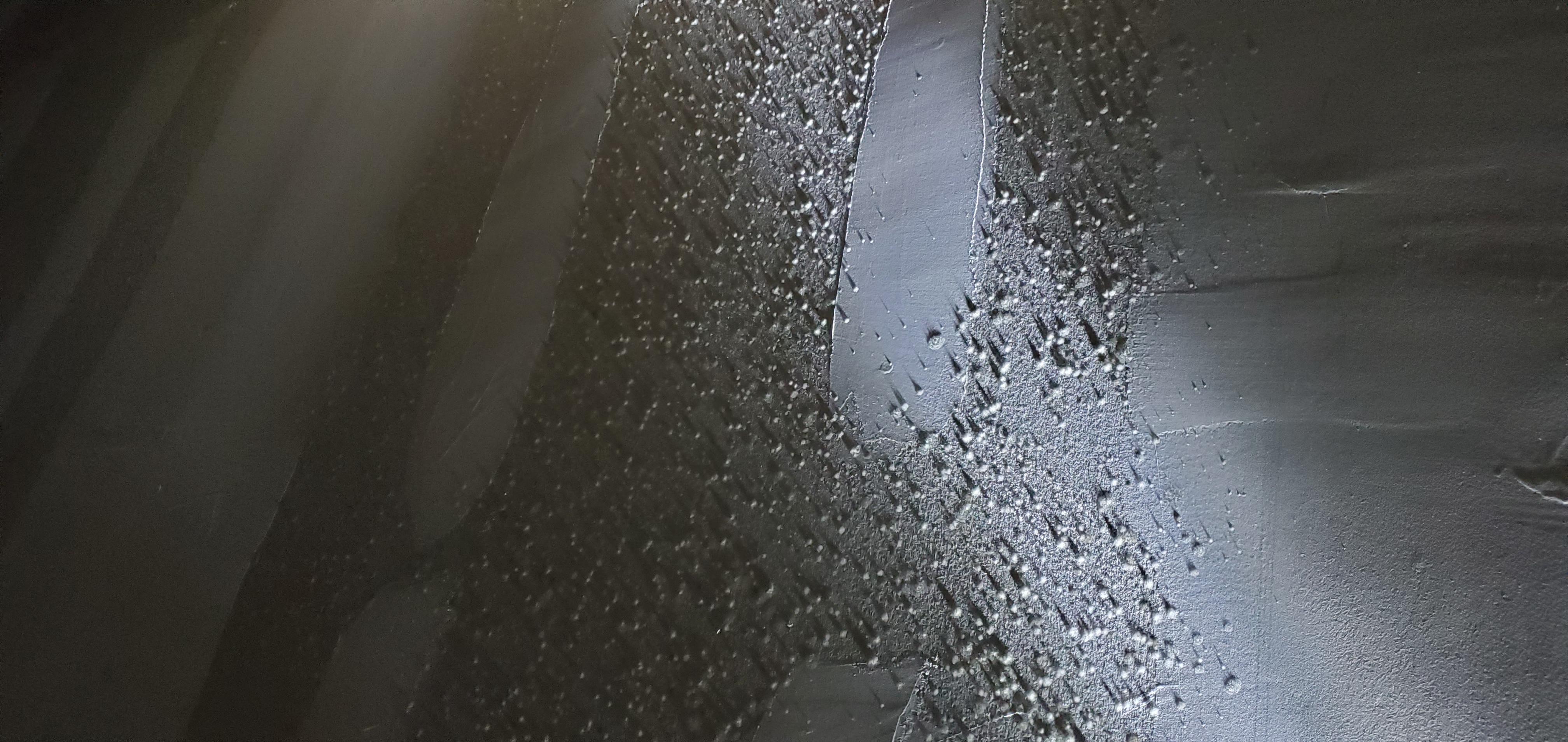2 min read
Case Study: The Importance of Groundwater Sampling and Monitoring
 Jesse Branham, Environmental Scientist II
:
Mar 04, 2022
Jesse Branham, Environmental Scientist II
:
Mar 04, 2022

The United States uses approximately 82.3 billion gallons of fresh groundwater (2021 National Groundwater Association) per day for public supply, private supply, irrigation, livestock, manufacturing, mining, thermoelectric power, and many other purposes. This groundwater derives from aquifers beneath the Earth’s surface. Various contaminated sites across the United States have contributed to groundwater contamination due to facility operations conducted on said site.
One example of this is the pre-regulation era of historical dry cleaning operations. Tetrachloroethylene (PCE) was a solvent widely used in dry cleaning. However, this compound was not regulated for years, and spent PCE could be simply discarded into sanitary sewer systems. Over time, these sewer systems became damaged, resulting in leaks in the sanitary sewer lines, contaminating the surrounding soil at these facilities.
In addition, PCE is a dense non-aqueous phase liquid (DNAPL) and, since it is denser than the surrounding material, will sink below the water table, contaminating underlying groundwater. With that being said, PCE, as well as its degradation products trichloroethylene (TCE), dichloroethylene, and vinyl chloride (VC), was later found to be a carcinogen that can cause adverse health effects if one is exposed to frequent exposure (ingestion and/or inhalation) over a long period.
The issues explained above led the Environmental Protection Agency (EPA) to set maximum concentration levels (MCL) for PCE, TCE, and VC in groundwater. Currently, the MCL for PCE and TCE is 5 µg/L with VC at a lower MCL of 2 µg/L.
The EPA and State agencies implemented these concentration levels for all known contaminated drycleaning sites across the United States. At sites where concentration levels exceed these limits, remediation and monitoring is performed on groundwater concentrations (via groundwater sampling through monitoring wells or direct-push technology). This ensures the groundwater contamination does not increase in concentration levels or migrate further offsite and into areas where it can directly impact citizens.
As previously discussed, groundwater contamination as a result of dry cleaning operations, in this instance, can directly affect human health.
This has occurred in numerous States/Cities throughout the country. To explain this, we will describe a real-life instance where this has happened. For privacy reasons, the specific state will be referred to as “State A” and the city within said state referred to as “City A .”In “State A”, citizens within a large residential area within “City A” utilize private drinking water wells for their everyday water supply. Directly north of this residential area, a former dry cleaner (pre-regulation) was in operation for X amount of years. Due to the implemented EPA and State Agency groundwater monitoring requirements for known drycleaning sites, groundwater sampling was conducted at the former facility and downgradient of the former facility. It was discovered that PCE, TCE, and VC was present in the groundwater at concentrations exceeding the EPA MCL.
After researching the State’s domestic well database, a very large residential area within “City A” downgradient from the site utilized private water wells for drinking, bathing, cooking, etc. In this case, citizens were unknowingly ingesting contaminated water through their private water wells since many of the water well systems did not have suitable water filtration systems. In response to this discovery, the state had to implement a plan to get all of these residential properties connected to “City A’s” public water supply. The project took years to complete and upon completion, over 140 residents were connected to “City A” public water supply. They were no longer utilizing wells that were tapped into contaminated groundwater. The state also provided health guidance for “City A” citizens to determine if anyone had developed adverse health effects from consuming the carcinogen.
This is just one example of why federal and state agencies need to monitor groundwater within their jurisdictions regarding known contaminated sites. Many other contaminants from other industries have affected the environment, whether that be soil contamination, groundwater contamination, etc.
This case alone proves it is vital to monitor these sites and continue to locate new sites; where activities related to their operations may have potentially impacted our environment.
Stringent monitoring and sampling practices make these issues come to fruition, resulting in a cause for action, which is crucial to protecting the public and our resources.


